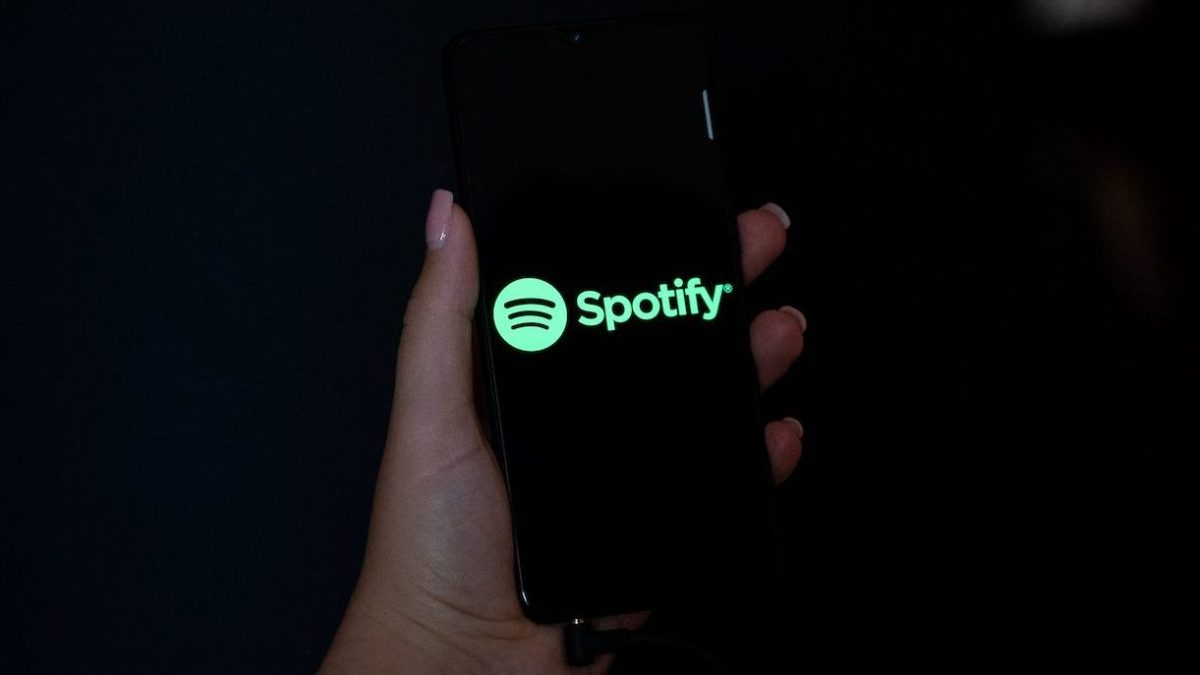Spotify Launches Lossless Streaming

Introduction
After years of requests from consumers, Spotify has finally announced that they will be launching support for lossless music streaming. This highly anticipated move will bring high-quality audio to the popular music streaming platform, much to the delight of music lovers everywhere.
Key Details
Lossless audio, also known as high-fidelity or "hi-fi" audio, is a type of digital audio that offers a higher quality sound than standard compressed formats. This means that music streamed in this format will have a greater dynamic range and more detail, resulting in a more authentic listening experience. With this new feature, Spotify will be able to attract audiophiles who have been demanding high-quality audio streaming for years.
In addition to providing higher-quality audio, this move may also give Spotify a competitive edge over their competitors, such as Tidal and Amazon Music, who already offer lossless streaming options. It also shows that Spotify is listening to their customers and constantly evolving to meet their needs.
Impact
This announcement is a major step for Spotify, as they continue to solidify their position as a leader in the music streaming industry. By offering lossless streaming, they are catering to a niche market and expanding their user base. It also demonstrates their commitment to constantly improving and providing the best possible experience for their users.
In conclusion, the launch of loss
About the Organizations Mentioned
Spotify
Spotify, founded in 2008 and headquartered in Stockholm, Sweden, is the world’s most popular audio streaming subscription service, with more than 696 million monthly active users and 276 million subscribers across over 180 markets as of mid-2025[1][2]. The company revolutionized music consumption by shifting the industry from a transaction-based model (buying albums or tracks) to an access-based, on-demand streaming platform[3]. Today, Spotify offers over 100 million music tracks, nearly 7 million podcast titles, and 350,000 audiobooks, positioning itself as a comprehensive hub for digital audio content[2][3]. ## History and Evolution Since its launch, Spotify has consistently innovated, first by making music streaming mainstream and then by expanding into podcasts and, in 2022, audiobooks[2][3]. This diversification has allowed Spotify to attract a broader audience and reduce reliance on music licensing, a historically challenging area for profitability. The company’s mission is to “unlock the potential of human creativity,” aiming to enable a million artists to make a living from their art while providing billions of fans with access to a vast array of audio content[2][3]. ## Key Achievements Spotify’s growth has been remarkable: in 2024, it paid out a record $10 billion to the music industry, bringing its total payouts since inception to nearly $60 billion[6]. The platform has democratized music distribution, enabling over 10,000 artists to earn more than $100,000 annually from Spotify alone—a significant increase from just 10,000 artists earning $10,000 annually a decade ago[6]. Spotify now accounts for about a third of global recorded streaming revenue and over half of independent labels’ streaming revenue, underscoring its pivotal role in the music ecosystem[6]. ## Current Status and Strategy Financially, Spotify reported €4.2 billion in revenue for Q2
Tidal
Tidal is a global music streaming service headquartered in New York, known for its high-fidelity audio quality, exclusive content, and artist-centric approach. It offers over 70 million songs and 250,000 high-definition music videos, along with podcasts and original video series, available in more than 56 countries. Tidal operates two subscription tiers—Premium and HiFi—with the latter providing lossless audio formats such as Master Quality Authenticated (MQA), Sony’s 360 Reality Audio, and Dolby Atmos Music, catering especially to audiophiles[1][2][3]. Tidal’s origins trace back to 2010 when it launched as WiMP, a Scandinavian streaming service focused on high-quality audio. Founded by Aspiro, WiMP expanded across Europe and was notable for integrating streaming into telephony subscriptions. In 2014, it rebranded as Tidal to appeal more broadly to English-speaking markets, incorporating editorial content and video alongside music[6]. In 2015, the platform was acquired for $50 million by Project Panther Bidco, led by rapper and entrepreneur Jay-Z. This acquisition transformed Tidal into the first artist-owned streaming service, with 16 prominent artists—including Beyoncé, Rihanna, Kanye West, Alicia Keys, Coldplay’s Chris Martin, and Daft Punk—holding equity stakes, each reportedly receiving around 3% ownership[1][5]. Tidal has distinguished itself through exclusive album releases such as Beyoncé’s *Lemonade*, Kanye West’s *The Life of Pablo*, and Rihanna’s *Anti*, which initially helped build its reputation, though exclusivity is less central today[2][6]. The platform is also notable for its higher-than-average artist royalty payments, approximately $0.01284 per stream, supporting its artist-first ethos[2][3]. Currently led by CEO Richard Sanders and COO Lior Tibon, Tidal is part of Block, Inc., a technology company focusing on financial services
Amazon Music
## Amazon Music: A Comprehensive Overview Amazon Music is a prominent music streaming service that has significantly impacted the global music industry. Launched as part of Amazon's broader ecosystem, it offers a range of services including **Amazon Music Unlimited**, **Amazon Prime Music**, and **Amazon Music HD**. These services cater to diverse user needs, from ad-free streaming to high-definition audio experiences. ### History and Evolution Amazon Music was initially introduced as a bundled service with Amazon Prime memberships, providing access to a limited music catalog. Over time, it expanded its offerings with the introduction of Amazon Music Unlimited in 2016, which offers a vast library of over 100 million songs. In 2019, Amazon Music HD was launched, offering CD-quality audio and Ultra HD options, further enhancing its appeal to audiophiles. ### Key Achievements - **User Base**: As of 2025, Amazon Music boasts over 80 million users worldwide, with approximately 52.5 million in the United States alone[1]. - **Revenue**: In 2023, Amazon Music generated about $4.08 billion in revenue, marking a significant increase from the previous year[1]. - **Market Share**: Amazon Music holds an 11.11% share of the global music streaming market, positioning it as a major competitor to Spotify and Apple Music[1]. ### Current Status Amazon Music continues to innovate, integrating its services with other Amazon platforms like Echo and Fire TV. It also supports spatial audio, enhancing user experience with immersive sound[5]. Notably, Amazon Music has been expanding its reach through strategic partnerships and acquisitions, such as its deal with podcast production company Wondery[3]. ### Notable Aspects - **Audio Quality**: Offers high-definition audio with lossless sound, including Ultra HD options for enhanced listening experiences[5]. - **Personalization**: Provides personalized playlists and radio stations, improving user engagement through tailored recommendations[2]. - **Platform Integration**: Seamlessly








